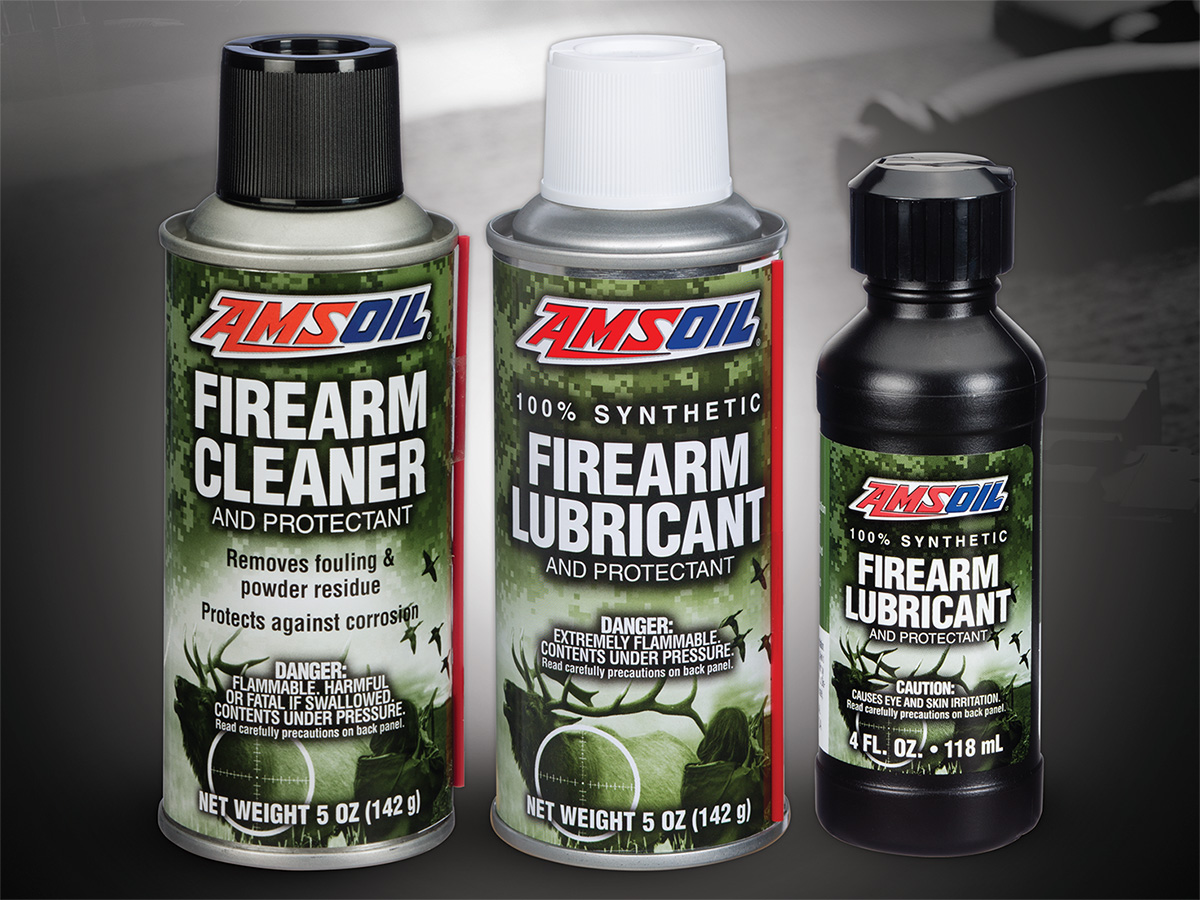Protect Your Firearms and Improve Their Reliability _by David Hilgendorf | September 29, 2023 One in three Americans owns a firearm, and they need their guns to perform flawlessly when called upon. The moving parts on firearms must be cleaned and lubricated to ensure top performance and long life. It’s important to perform regular maintenance […]
You are browsing archives for
Tag: lubricant
Low-viscosity doesn’t mean low quality
Low-viscosity doesn’t mean low quality As motor oil viscosity continues to decrease, base oil and additive quality become more important. Michael Meuli | VICE PRESIDENT, TECHNICAL DEVELOPMENT Despite uncertainty surrounding future CAFÉ standards, fuel economy remains the biggest driver of innovation in the auto industry. One strategy for increasing fuel economy involves reducing energy lost […]
The Cost of Owning a Diesel – This Produ
Diesel Fuel Additives – Not an Option in Diesel Ownership Years of reviewing the effects of modern diesel fuel, mechanical issues, costs and designs of injectors, pumps, failures keeps the topic of the misunderstood fuel additive fresh in mind. Impressive In The Field As an AMSOIL dealer, one product I rank in the top three […]
Don’t Let Extreme Heat Sideline Your Mot
An Oil to Resist Thinning from Extreme Heat and Mechanical Activity Extreme summer heat combined with slow-moving rally or parade traffic can pose big problems for you and your motorcycle. As heat intensifies, motor oil loses viscosity and becomes thinner. The oil can become so thin that the engine loses oil pressure, causing the oil-pressure […]



